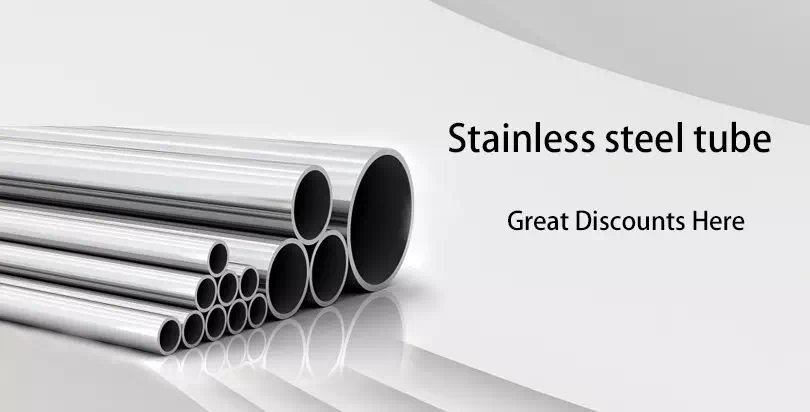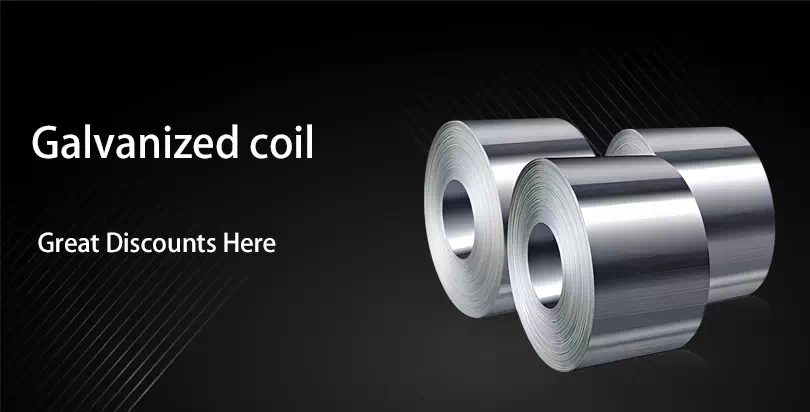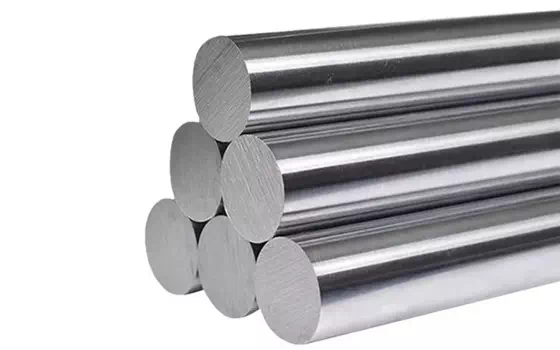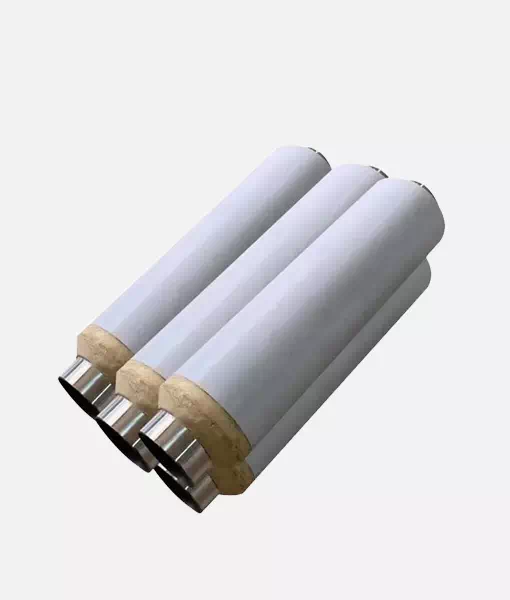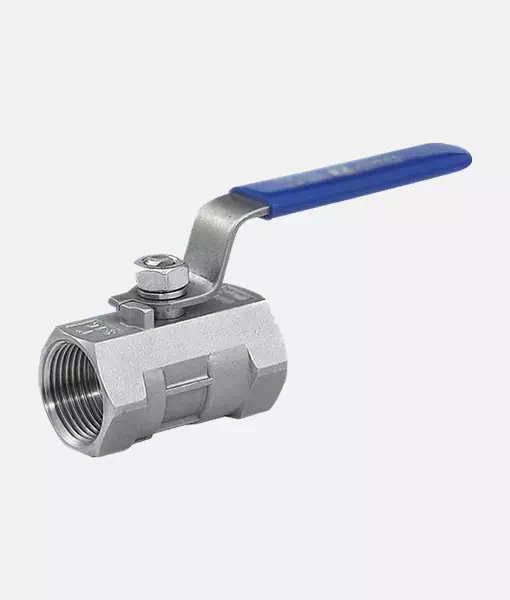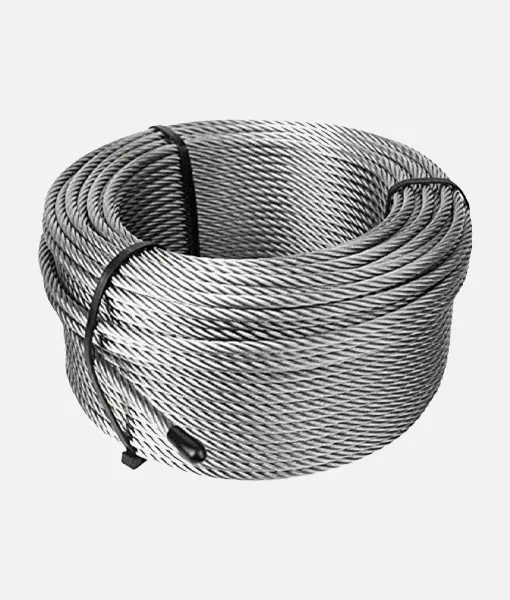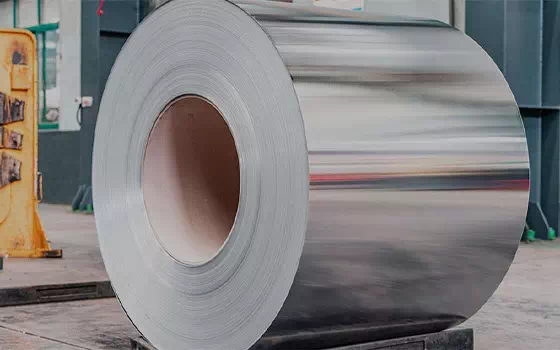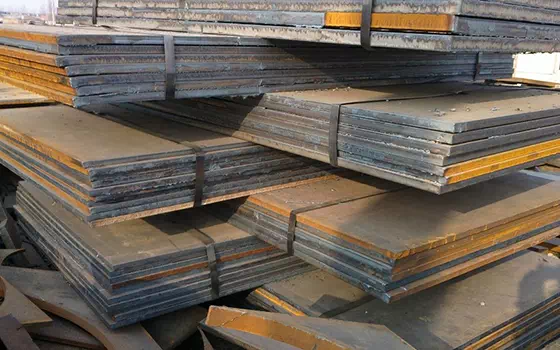How to choose the film thickness of fingerprint resistant plate?
1. The relationship between the conductive property of fingerprint plate and the film thickness
In order to prevent the leakage of electromagnetic wave noise of some household appliances, the components must be grounded after assembly, which requires the steel plate to have good electrical conductivity. Corrosion resistance is proportional to the thickness of the film, and the conductivity is inversely proportional to the thickness of the film, which is a contradiction, to achieve the unity of corrosion resistance and conductivity, it is necessary to control the film thickness in the best range.
That the percentage of white embroidery produced by the steel plate decreases sharply with the thickness of the fingerprint resistant film, and when the film thickness reaches 1.0g /m2, white embroidery will basically not occur. The red line in the figure shows that the OL ratio of the surface resistance of the steel plate increases sharply with the thickness of the fingerprint resistant film. When the film thickness exceeds 1.5 g/m2, it has a great impact on the electrical conductivity.
Therefore, only when the thickness of the fingerprint film is controlled at 1.0-1.5g/m2, the unity of corrosion resistance and electrical conductivity can be achieved, and the process window is very narrow, and the requirements for process control are very high.
2. Comprehensive selection of fingerprint resistant plate film thickness
In order to consider the electrical conductivity, corrosion resistance and high temperature yellowing resistance, the best film thickness was selected and the actual test was carried out.
Table salt spray and yellowing properties on different roughness surfaces
According to the experimental data in the table, the greater the roughness, the worse the corrosion resistance and the better the electrical conductivity; The thicker the film thickness, the better the corrosion resistance, the worse the high temperature yellowing resistance and the worse the electrical conductivity. The overall data shows that the film thickness range of 1.0-1.5g/㎡, the galvanized layer with different roughness has obtained very good comprehensive performance of passivation film, and the electrical conductivity, high temperature yellows resistance and corrosion resistance are ideal.
How to carry out fingerprint resistant plate inspection?
1. Resistance to fingerprint plate film thickness detection
As the previous analysis, the control window of the fingerprint resistant film is very narrow, the film thickness must be measured immediately after drying, in order to adjust the process parameters at any time, in order to ensure the accuracy of the measurement data, the production line is equipped with X-ray fluorescence and infrared film detector to detect the passivation film weight, in order to compare with each other, but the two measurement results have a certain deviation, the desktop X-ray fluorescence shall be subject to the infrared film detector test results to be corrected.
2. Resistance to fingerprint plate coating performance test
The fingerprint resistant plate generally needs to be painted when it is used, and different coatings can be tried. After the test piece is baked and cured, the coating adhesion is evaluated by grid test. The spacing is 1mm, 100×100 grids, paste with tape, and observe the coating falling off. The spraying process is electrostatic spraying, the static voltage is about 80KV, the flow rate pressure is about 0.45MPa, the film thickness is 95-110μm; The grid test is 0 level, excellent adhesion, and meets all the coating requirements of domestic electrical enterprises.
How to control the film thickness of the fingerprint resistant plate?
The common fingerprint resistant roller coating equipment is shown in the figure. The roller coating machine takes material from the tray through the dipping roller, and the coating roller is located between the dipping roller and the strip, and the paint is evenly applied to the strip surface.
The roller coating machine has two kinds of coating methods: forward coating and reverse coating. The coating thickness is adjusted by extrusion pressure, and the maximum speed of the work roll is the same as that of the strip steel, which is suitable for thin coating. Reverse coating mode coating liquid on the upper surface of the roller, easy for operators to observe the actual coating situation, suitable for thick coating. In order to control the film weight of the fingerprint passivation resistant plate within the above small range, it is necessary to change the imported coating roller with high hardness (70HS) to the domestic low hardness (60HS) coating roller, and increase the roughness to 0.6-0.8um to ensure that the contact area and coating ability of the coating roller and the strip steel are larger, and improve the uniformity of the fingerprint resistant film of the whole plate.
When fingerprint resistant roller coating, the speed ratio between the coating roller and the material extraction roller is generally set at 140/110, and the pressure between the rollers is adjusted within the range of 700-1500N according to the film weight requirements. When the unit speed changes and fluctuates, in order to ensure the film thickness, the percentage of the coating roller and the production line speed can be adjusted. When the speed ratio is increased, the coating roller can rotate faster, and more agents can be applied to the strip surface in unit time, and the film thickness can be increased. Similarly, reducing the velocity ratio will reduce the film thickness.


